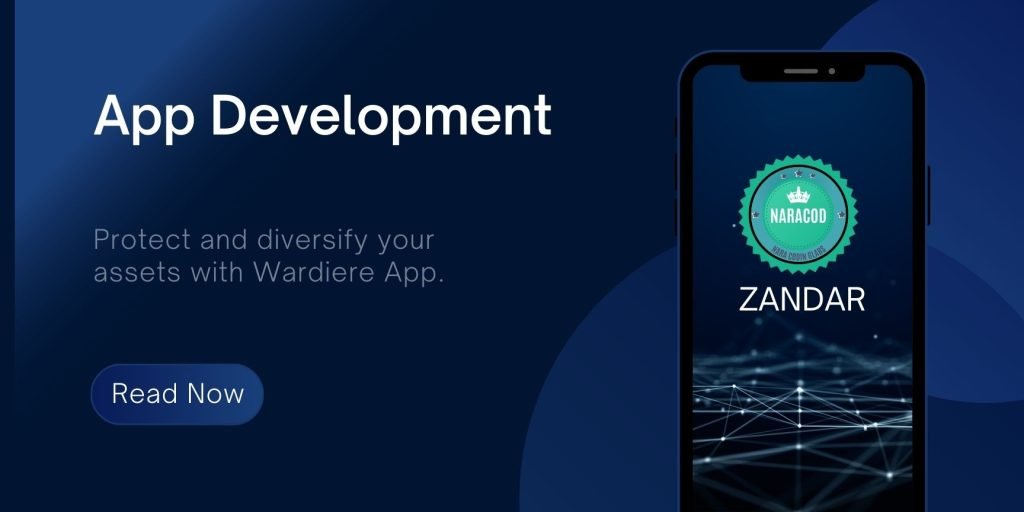Mobile applications have become an integral part of our lives. From ordering food to managing finances, mobile apps have revolutionized the way we interact with technology. Behind every successful app lies the meticulous process of app development. In this comprehensive guide, we will delve deep into the world of app development, exploring the various stages, tools, and techniques involved in building innovative mobile applications.
How Do I Start Developing An App?
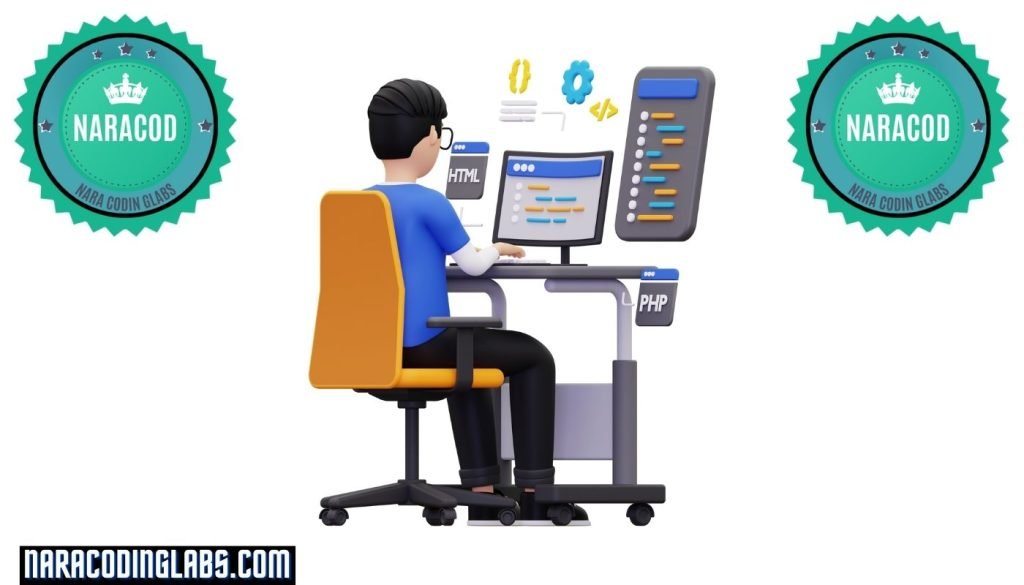
If you want to start developing an app, there are a few key things you need to do first. This includes coming up with an idea for an app, researching the app market, and planning out the development process.
Coming Up With an App Idea
The first step in developing an app is coming up with an idea for an app. This can be difficult, but it’s important to take the time to come up with a good idea. There are a few things to keep in mind when brainstorming app ideas:
- Look for gaps in the app market. There are already a lot of apps out there, so chances are someone has already created an app for the idea you have. Try to find a niche that isn’t already saturated.
- Think about your own needs and interests. Do you use a lot of apps that could be improved? Are there any problems you encounter on a daily basis that you think could be solved with an app?
- Be creative. There are no restrictions when it comes to app ideas. If you can think of it, there’s probably an app for it.
Once you’ve come up with an idea for an app, the next step is to start planning out the details. This includes figuring out the purpose of the app, what features it will have, and how it will be marketed. Brainstorming and planning are key to developing a successful app, so don’t rush through this step.
How Much Does It Cost To Build An App?
The cost of app development can vary greatly depending on the features and complexity of the app. Generally, you can expect to pay anywhere from $5,000 to $200,000 to have an app developed.
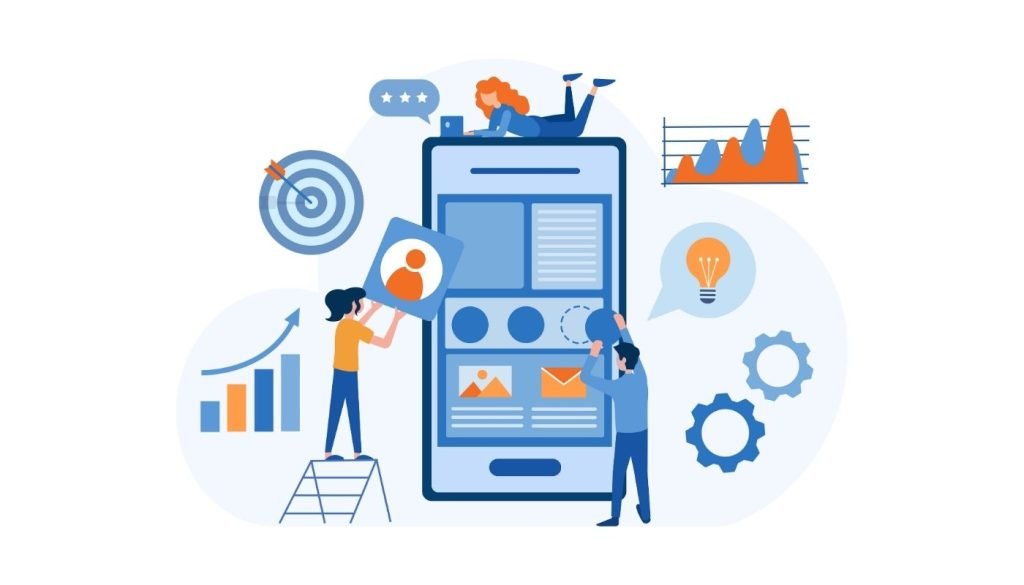
There are a few factors that will influence the cost of an app:
- The Platform The cost of developing an app for iOS is typically higher than the cost of developing an app for Android. This is because Android is a more open platform and there are more Android devices on the market.
- The Features and Functionality The more features and functionality an app has, the more it will cost to develop. Simple apps with limited functionality will be cheaper to develop than complex apps with a lot of features.
- The Design The design of an app can also affect the cost of development. If the app needs to be designed from scratch, it will be more expensive than if the developer can use a pre-existing design.
- The Development Time The time it takes to develop an app can also affect the cost. Apps that are more complex or have more features will take longer to develop, and will be more expensive.
- The Location The location of the developer can also affect the cost of development. Developers in more expensive locations, such as the United States or Western Europe, will charge more than developers in less expensive locations, such as India or Eastern Europe.
- The Developer’s Experience The experience of the developer can also affect the cost of development. Experienced developers will charge more than inexperienced developers.
- The Number of Developers The number of developers working on the project can also affect the cost. More developers will cost more money.
- The Project Management The cost of project management can also affect the cost of development. If the developer needs to hire a project manager, this will increase the cost of the project.
The Testing and QA The cost of testing and QA can also affect the cost of development. If the developer needs to hire a QA specialist, this will increase the cost of the project.
Is App Development Hard?
The short answer is: it depends, development for mobile apps is definitely harder than developing for traditional websites. For one, you have to take into account the fact that users will be using the app on a tiny screen, in often challenging lighting conditions, and with unpredictable network speeds. You also need to design your app to be as efficient as possible so that it doesn’t consume too much battery power.
But with that said, it’s not impossible – skilled developers can create beautiful, user-friendly apps that work well on all devices. If you’re thinking of having an app developed, it’s important to choose a team with a strong track record in mobile app development.
What Does App Development Include?
The process of app development includes envisioning, planning, designing, developing, testing and deploying an app. The first step is to come up with an idea for an app. This can be done by brainstorming or by looking for opportunities in the market. Once an idea is decided upon, the next step is to plan out the app. This includes figuring out the features and functionality of the app, as well as the user experience.
After the planning stage is complete, the app needs to be designed. This includes creating the graphics and user interface for the app. Once the design is finished, the app needs to be developed. This includes writing the code for the app and making sure it is compatible with different devices, once the app is developed, it needs to be tested. This includes testing the app on different devices and making sure it works properly. Once the app is tested, it needs to be deployed.
Understanding App Development
App development refers to the process of creating software applications specifically designed to run on mobile devices such as smartphones and tablets. It encompasses a wide range of skills and disciplines, including programming, design, user experience (UX), and quality assurance (QA). The ultimate goal is to develop an app that meets the needs of users while providing a seamless and engaging experience.
The Stages of App Development
App development typically consists of several stages, each with its specific objectives and tasks. Let’s explore these stages in detail:
- a) Idea Generation and Conceptualization:
Before embarking on the app development journey, it is essential to have a clear idea and vision for your app. This involves identifying the problem your app will solve, defining the target audience, and outlining the core features and functionalities. - b) Market Research and Competitive Analysis:
Conducting thorough market research is crucial to understand the current landscape and identify potential competitors. This step helps in refining your app’s unique selling points (USPs) and in positioning it effectively in the market. - c) Wireframing and Prototyping:
Wireframing is the process of creating a visual representation of the app’s layout and structure. It helps in visualizing the user interface (UI) and arranging the various elements within the app. Prototyping, on the other hand, involves building interactive mockups of the app, enabling stakeholders to experience its functionality in real-time. - d) Design and User Experience (UX):
The design phase focuses on creating visually appealing interfaces that align with the app’s purpose and target audience. It involves selecting color schemes, typography, and graphics that enhance the user experience. UX design focuses on optimizing the app’s usability, ensuring an intuitive and seamless navigation flow. - e) Development:
The development stage is where the actual coding and programming take place. It involves selecting the appropriate technology stack, such as Java, Kotlin, Swift, or React Native, depending on the platform (iOS, Android) and the app’s requirements. Development also includes integrating APIs, databases, and third-party libraries to enhance the app’s functionality. - f) Testing and Quality Assurance (QA):
Thorough testing is crucial to identify and resolve any bugs or issues within the app. QA engineers perform various tests, including functional testing, performance testing, and user acceptance testing, ensuring the app meets the desired standards and user expectations. - g) Deployment and Distribution:
Once the app is thoroughly tested, it is ready for deployment. For iOS apps, submission to the App Store is required, while Android apps can be distributed through the Google Play Store. Additionally, the app may also be made available through other channels such as enterprise app stores or direct downloads. - h) Post-Launch Monitoring and Maintenance:
After the app is released, it is vital to monitor its performance and gather user feedback. This feedback helps in identifying areas of improvement and implementing updates and enhancements. Ongoing maintenance is essential to ensure the app remains compatible with the latest operating systems and devices.
Tools and Technologies in App Development
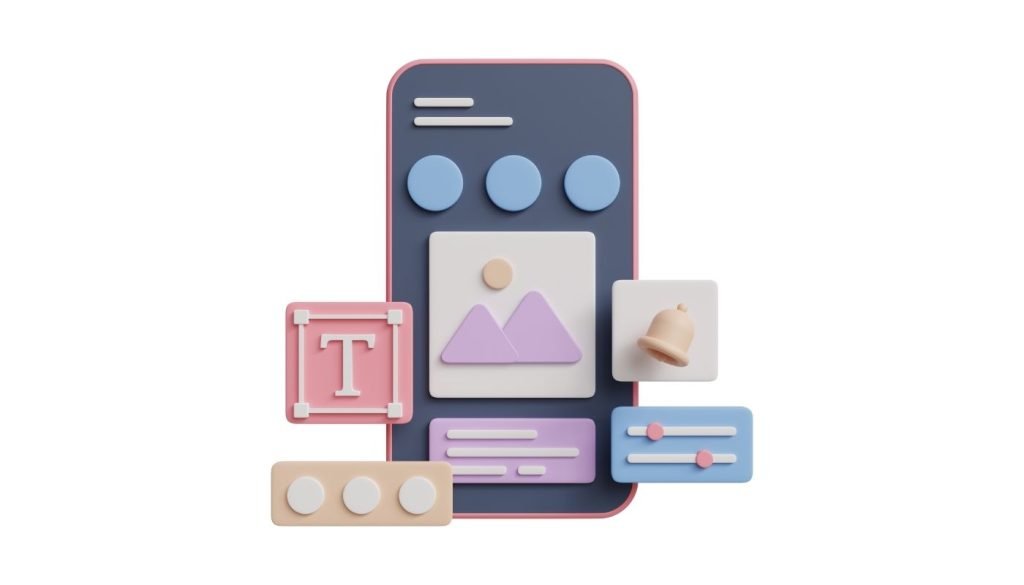
App development relies on a wide range of tools and technologies that streamline the development process and enhance productivity. Here are some key tools and technologies commonly used in app development:
Integrated Development Environments (IDEs)
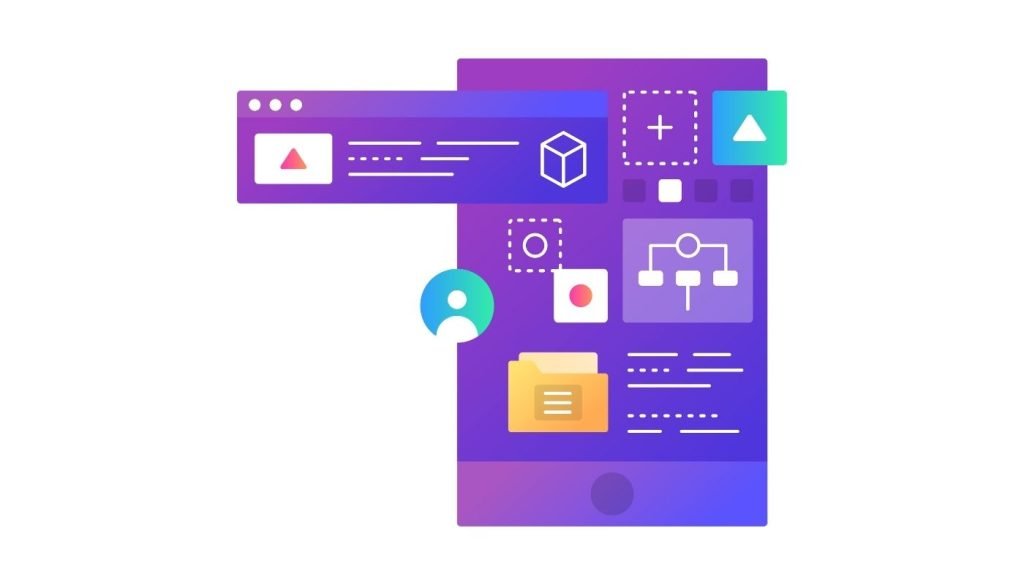
IDEs, such as Android Studio, Xcode, and Visual Studio, provide a comprehensive development environment that includes code editors, debugging tools, and emulators/simulators for testing and debugging the app.
Programming Languages
The choice of programming language depends on the platform and the app’s requirements. For iOS app development, Swift and Objective-C are commonly used, while Android apps are primarily developed using Java or Kotlin. Cross-platform frameworks like React Native and Flutter allow developers to build apps using a single codebase for both iOS and Android platforms.
Version Control Systems
Version control systems like Git enable developers to track changes to the app’s source code, collaborate with team members, and revert to previous versions if needed. Platforms like GitHub and Bitbucket provide hosting services for managing Git repositories.
Design and Prototyping Tools
Design tools like Sketch, Adobe XD, and Figma help designers create visually appealing app interfaces. Prototyping tools like InVision and Marvel allow stakeholders to interact with the app’s design and provide feedback.
Testing and Debugging Tools
Testing and debugging tools play a crucial role in identifying and resolving issues within the app. Tools like Appium, Selenium, and XCUITest assist in automated testing, while Crashlytics and Firebase provide real-time crash reporting and analytics.
Emerging Trends in App Development
App development is a rapidly evolving field, influenced by several emerging trends. Here are a few noteworthy trends shaping the future of app development:
Internet of Things (IoT)
With the proliferation of smart devices, app developers are increasingly integrating IoT capabilities into their apps. IoT-enabled apps allow users to control and monitor various devices and appliances remotely, enhancing convenience and efficiency.
Artificial Intelligence (AI) and Machine Learning (ML)
AI and ML technologies are being integrated into mobile apps to provide personalized experiences, intelligent recommendations, and advanced analytics. Chatbots and virtual assistants are examples of AI-powered features that enhance user engagement.
Augmented Reality (AR) and Virtual Reality (VR)
AR and VR technologies are transforming the way users interact with mobile apps. From immersive gaming experiences to virtual tours and product visualization, AR and VR are creating new possibilities for app developers.
Wearable Technology
Wearable devices such as smartwatches and fitness trackers are gaining popularity. App developers are leveraging wearable technology to create companion apps that seamlessly sync with these devices, providing users with real-time data and personalized experiences.
Conclusion
App development is a complex and multi-faceted process that requires a deep understanding of user needs, cutting-edge technologies, and meticulous planning. By following the stages outlined in this comprehensive guide and leveraging the right tools and technologies, developers can build innovative and user-centric mobile applications that resonate with their target audience. As the app market continues to grow, staying updated with emerging trends and incorporating them into app development strategies will be crucial for success in this ever-evolving industry.
